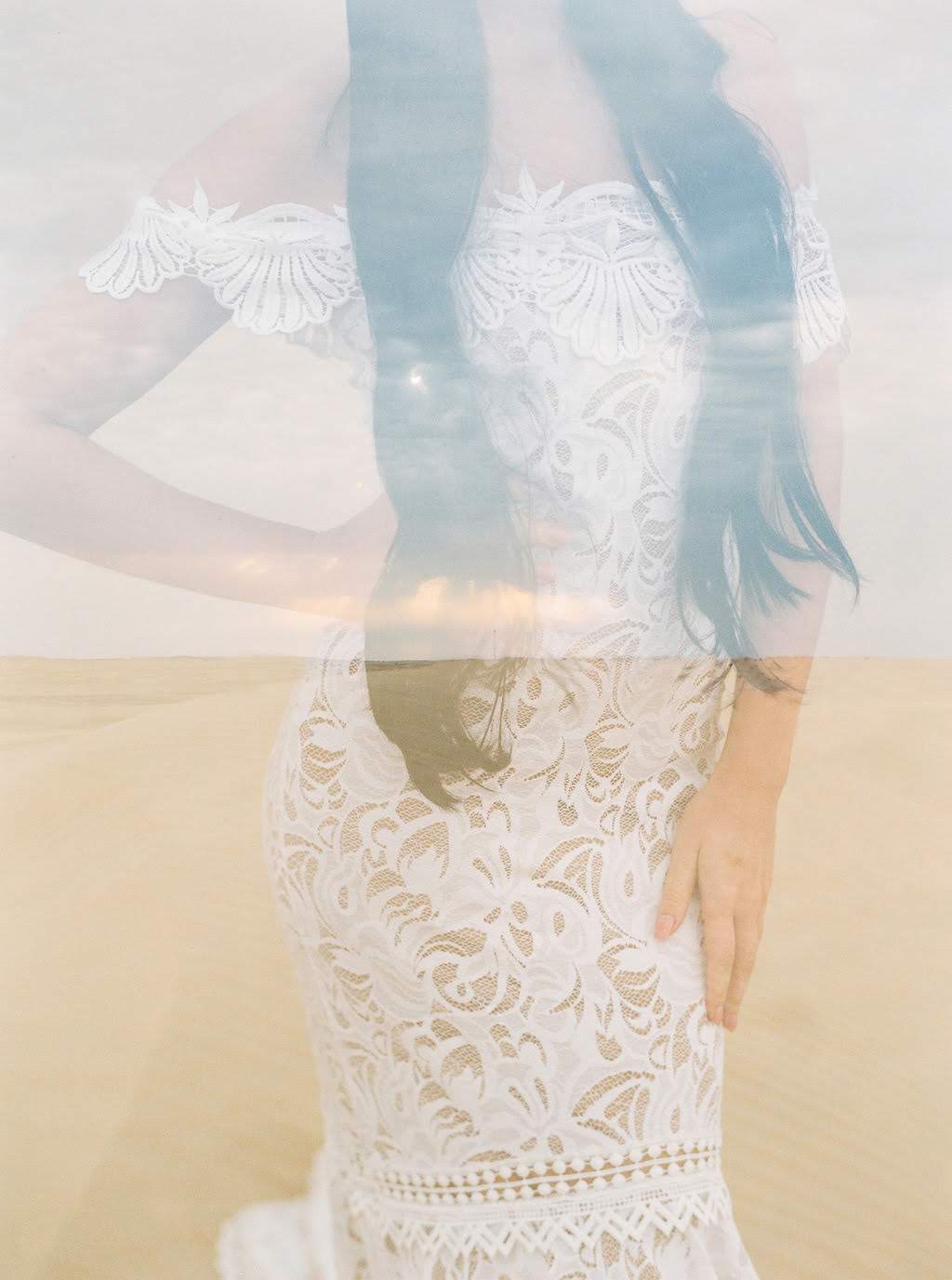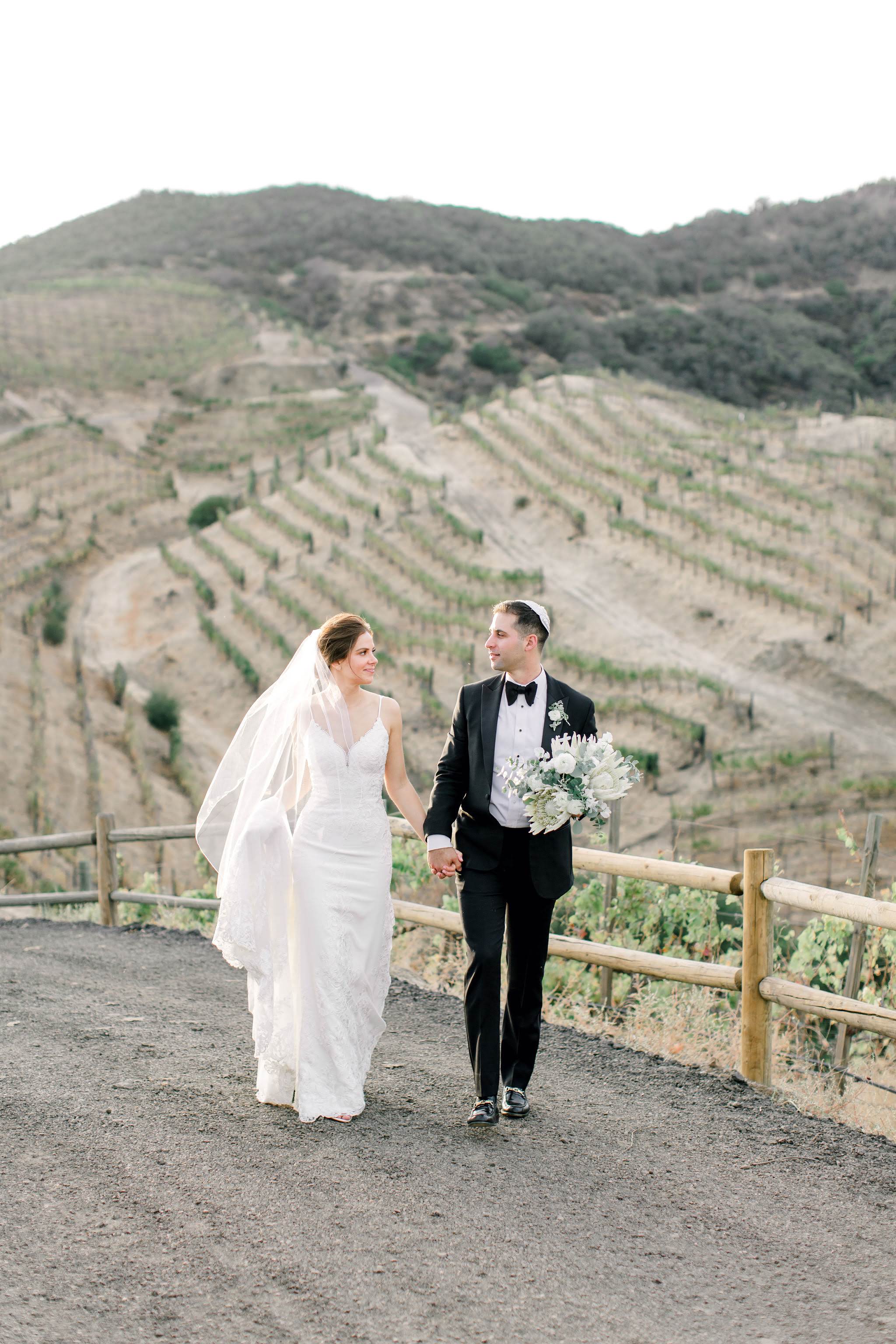Hey, readers! It’s been a little while, hasn’t it? This summer has been filled with a lot of new experiences for the A. E. team, and today we’re bringing you a special feature on film and digital photography. We got together with photographer (and today’s guest blogger) Travis Kaenel in Old Town Pasadena to give you an insight on the two. As you scroll down, you’ll see film images (processed by Richard Photo Lab) on the left and their digital counterparts on the right. Can you see the difference…?
by Travis Kaenel
If you’re an engaged couple trying to figure out the best photographer to capture your wedding, you can eliminate 90% of the field by focusing on the best of the best: film shooters. People who opt for their wedding to be captured on film choose to do so for two reasons: 1) They’re a couple that wants someone who REALLY knows what the heck they’re doing, and/or 2) they’re a couple that’s artistic, and values the artistic elements that film has to offer versus. digital. First, let’s talk about the look of film. Film is very distinctive. One of the most common ways people distinguish between film and digital is that they say film looks almost 3D, because of the crazy depth of field it offers (‘Depth of field’ is when the background is out of focus, and the subject is in focus). Digital, on the other hand, looks flat compared to film. This is why there’s a multi-million dollar industry dedicated to making digital images look like film images. The perfect example is all those filters Instagram and VSCO (visit their website, and you’ll see that their whole mission statement is to make digital images look like film) have for those pics you snap on your phone. Film is simply more desirable than digital images. This is partially due to the fact that film is organic. The way film works is that there are little crystals on that strip of plastic, held together by gelatin, that react to light in a special way. Digital cameras have a sensor that records the way light comes through the camera. Film actually mutates inside the camera in response to the world outside of it. It’s super cool.


Now it’s time for a vocabulary lesson, and today’s word is bokeh. No, not like a bunch of flowers. Bokeh is how the stuff that’s out of focus in an image, looks. There’s no comparison for the way bokeh looks on film as opposed to how it looks on digital. You might’ve wondered at some point why the pics you take on your phone look weird, and not like how the scene in front of you looks. For me, the most obvious answer is that EVERYTHING in your phone pics is in focus! That’s not how we naturally see the world. There’s the thing we’re focused on, and then there’s everything else in our peripheral vision. Professional photography, both film and digital, offer a more natural way of capturing a scene, but the thing that sets film apart, again, is the bokeh. It’s super creamy, like cream cheese frosting. Kurt Boomer’s photos look like they were painted by Claude Monet. It’s crazy. You have to check him out. He’s a film shooter. 😉


The bokeh isn’t the only benefit of film. The colors and contrast that film offers straight out of the camera are unreal. I say that it’s unreal because I’ve been a digital photographer for most of my career, and I’m just used to having to edit every single photo I’ve ever taken. With film, I don’t have to. If you take the same picture with the same settings on film and then on digital, with no editing, the difference is crazy. Film doesn’t need any retouching. Digital on the other hand… Well, the colors on film are so rich you swear you could lick them off the page. This benefits couples in two ways: 1) You end up with photos worthy of being displayed Abercrombie & Fitch style, and 2) you get them back way faster than digital images. I know of digital photographers who don’t give their clients back their pics sometimes six months after the wedding. With film, it’s ready in a couple of days or weeks, depending on the lab.


Since there are no pixels involved with film, you can blow up an image huge without distorting it and making it all pixelated. There’s small format film (35mm), medium format (6 x 4.5 centimeters—which is why the camera I use is called a Contax 645, because of the size of the film) and large format film (which is the kind you see in 1920’s period movies where the guy is behind a huge tripod camera with a sheet over his head). Wedding and fashion photographers will use medium format film because it’s bigger, so you can blow up an image the size of a building without distorting it. Large format is even better, but large format film only comes as slides that you have to insert and eject for every exposure, so it’s not ideal for a fast-paced situation like a wedding, unlike medium format cameras that wind the film automatically.


Now that we’ve shifted from talking about the artistic benefits of film to the practical ones, it’s worth mentioning that film shooters are simply better photographers than digital ones. With digital, there’s no harm in just holding down your finger on the shutter button and taking thousands of pictures, because it’s free. With film however, every time you push the button, that’s money spent. What this means is that a film shooter cares about every single frame, whereas digital photographers might take a picture simply to see what the picture will look like so that they can make the necessary adjustments for the next one. A film shooter on the other hand, will already know what the picture is going to look like. That’s because he’s taken the time to study his equipment and how light interacts with it. You can’t delete a film photo. A film shooter will compose a scene, whereas a digital shooter will correct a scene. There’s a phrase: “Spray and Pray.” What this means is that digital shooters will take tons of photos and pick out the best ones from the batch, hoping that they got a couple good ones. A film shooter makes sure that every frame is a good one.


Another practical aspect of film, especially for weddings, is how forgiving film is with different kinds of light. When a bride is getting ready, there’s generally a combination of natural light from a window, and man-made light from the bathroom or something. These are completely different when it comes to photography, and digital has a hard time figuring out what to do with the different wavelengths. What this means is that the photographer will be sitting behind his computer color correcting for days, just so that the bride’s dress doesn’t come out purple, yellow, green, or blue. With film, what you see is what you get. No purple dresses, and pics in a couple weeks.

So film is both more beautiful, and more practical. You get more depth, creamy bokeh, rich colors, and you get them back faster. Not to mention the guy or girl behind the camera is a pro, who’s generally going to care more about each image, and is more artistic. After all, photography is an art. Film photography is a fine art.
Travis–you’re the MAN!






+ COMMENTS
add a comment